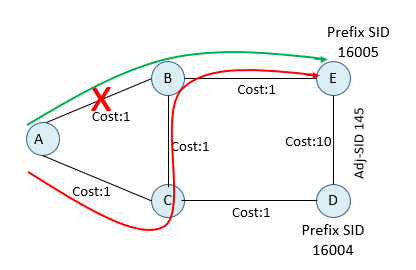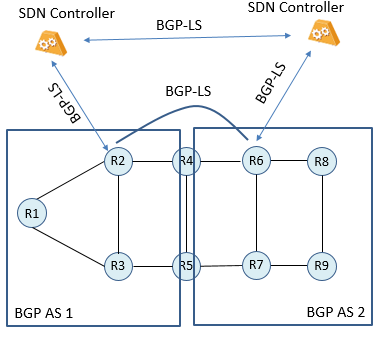Before Segment Routing was introduced, IP FRR and Loop-Free Alternates (LFAs) were not widely deployed. In these implementations the level of coverage depended on the network topology. When SR combined with FRR techniques, Fast Reroute can deliver 100% network coverage regardless of the topology. That is called TI-LFA (Topology Independent – Loop Free Alternate) Here …







